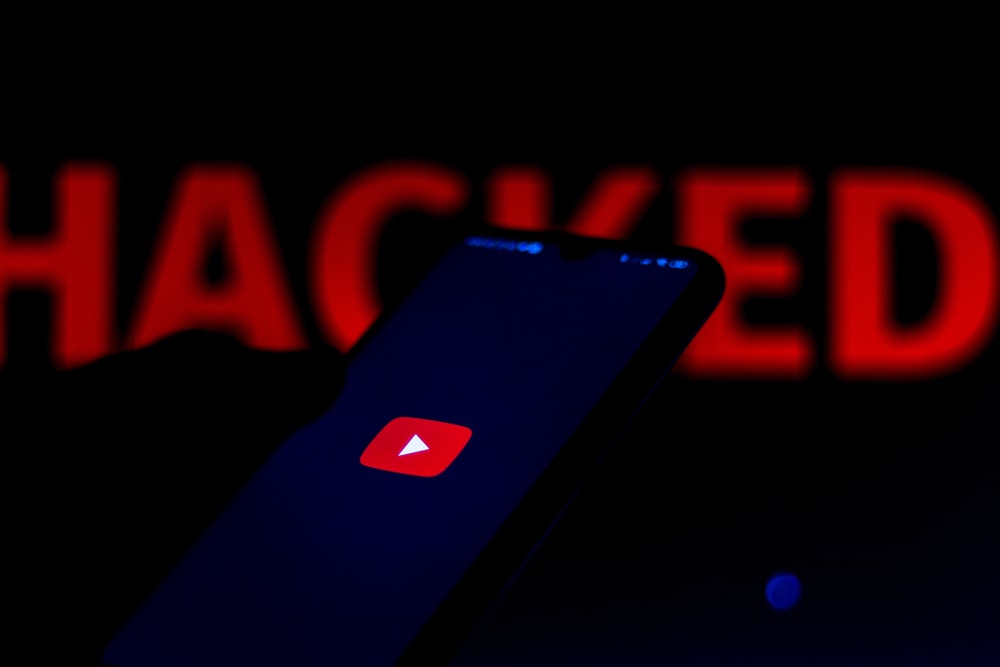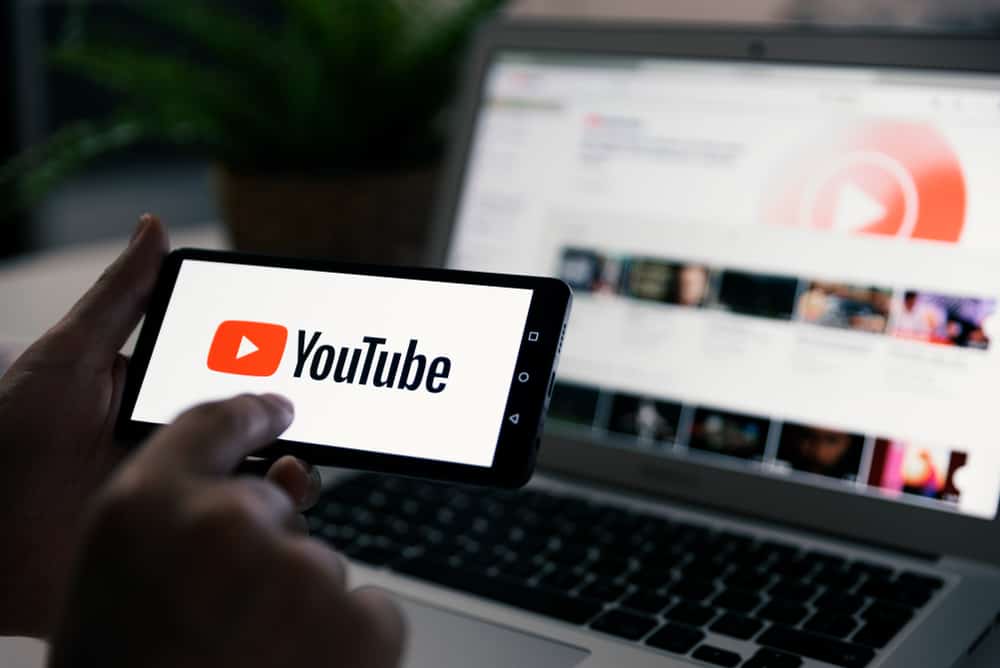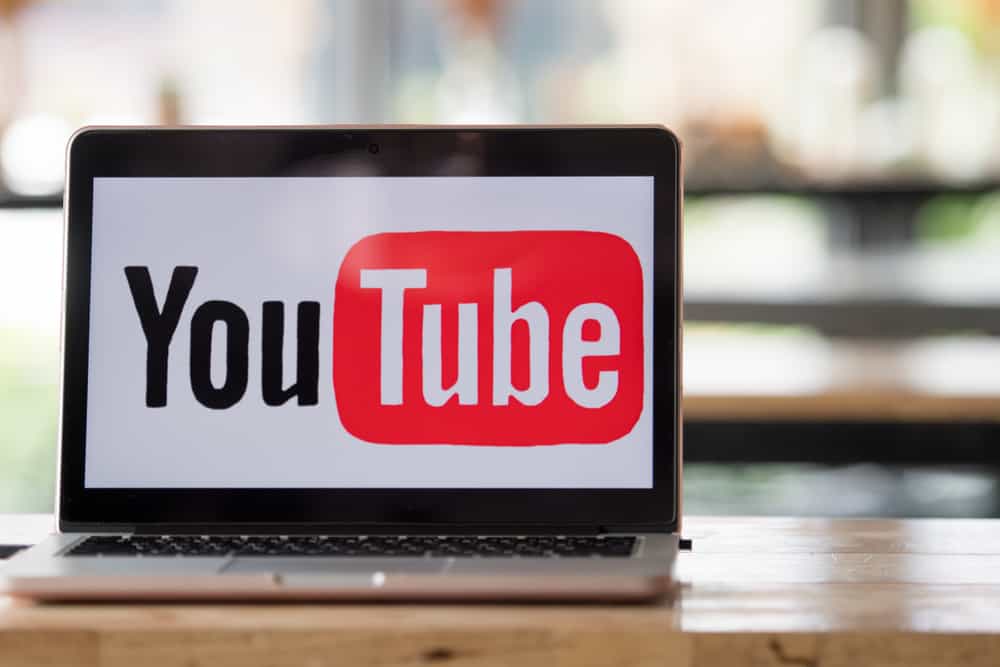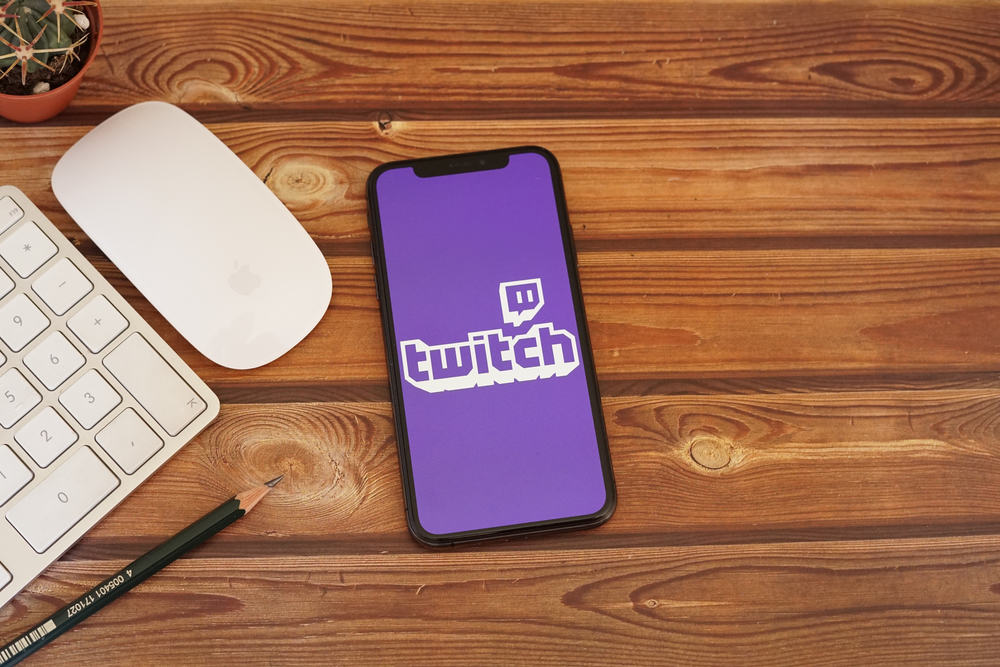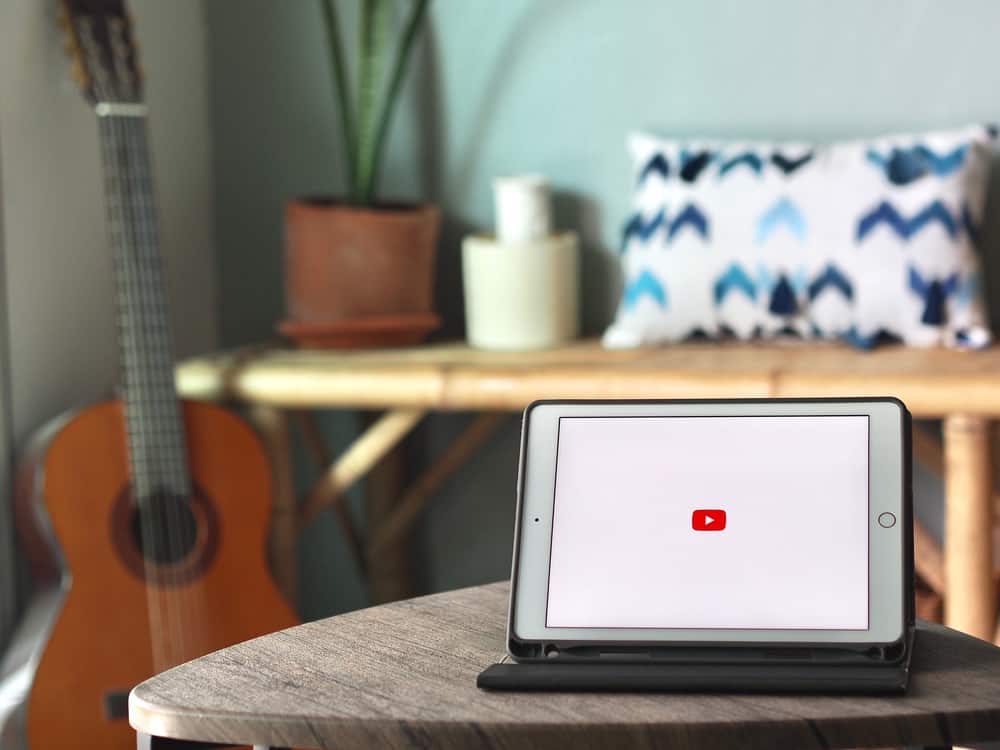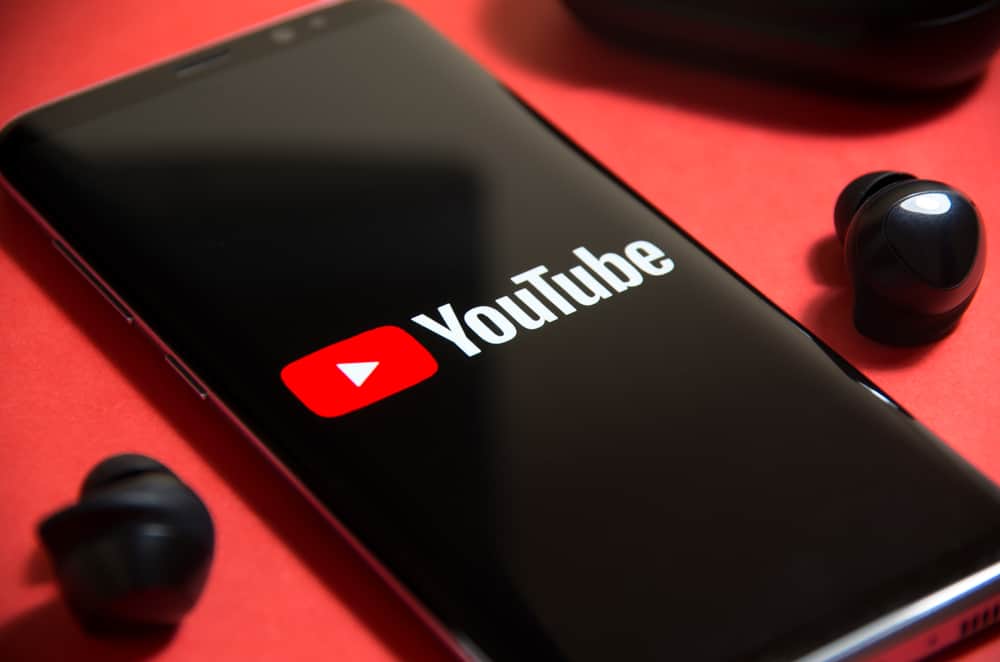
Getting started on YouTube is easy. You only need to create a channel and start uploading your videos. The uphill task is growing your channel by getting subscribers and video views.
With a good understanding of how the YouTube algorithm works, you can tailor your content to stand out in the sea of content. But how does the YouTube algorithm work?
The YouTube algorithm recommends videos to individual viewers based on their interests. It also aims to keep users on the platform by suggesting valuable and engaging content. To do this, the algorithm considers several aspects. These include the user’s watch history, demography, language, the video’s popularity, novelty, click-through rate, and watch time.
Find out how the YouTube algorithm works and how to make it work for you.
Overview of the YouTube Algorithm
YouTube has made it clear that its algorithm works for the viewers and not the creators. It aims to discover individual viewers’ preferences and recommend videos they probably want to watch.
Before we examine how the algorithm works, we need to recognize where it applies. So, where does the YouTube algorithm apply?
When a user visits YouTube, they take various paths to watch content. They may start watching the videos on the homepage, the “Trending” section, or search for a specific video using the search function. In all these instances, the YouTube algorithm is working behind the scenes.
In a nutshell, the YouTube algorithm works in these spaces:
- Homepage.
- Search results.
- Recommended videos.
- “Trending” section.
The videos suggested by the algorithm in these spaces vary from one user to another. What influences the algorithm? Let’s find out below.
How Does the YouTube Algorithm Work?
The YouTube algorithm considers several aspects to suggest content to users.
User Demography and Language
Suppose a new user visits YouTube for the first time. How does the algorithm suggest videos? Well, the most obvious factor is relevance.
Is this a user from the United States? If yes, what topics will be relevant to them? The algorithm picks videos targeted to a US audience, such as trending politics, music, movie trailers, video podcasts, and vlogs.
Besides the location, the algorithm considers the user’s language. What language are they using on the YouTube platform? Spanish, English, or French? If the user uses Spanish as their primary language, the algorithm will recommend videos posted in Spanish.
User’s Watch History
After recommending videos, the algorithm monitors the user’s habits to determine the content they like.
If a user skips a recommended video, the algorithm will not suggest it anymore. The same happens when a user clicks on a video, watches for a few moments, then abandons it.
The watch history dictates a huge percentage of the recommended videos. A user used to watching animal documentaries will see more similar videos on the homepage, recommended, and trending sections.
Video Metadata (Relevance)
We’ve seen how the algorithm influences the suggested videos on the home page and “Recommended videos” spaces. It’s clear that some of these aspects are out of the creator’s control.
The search results space is one area in which a creator can take advantage of the YouTube algorithm. How?
By including relevant tags and relevant keywords in your video. Include tags and keywords in your video description, title, thumbnail, and captions.
Engagement
Why do your favorite YouTube stars request viewers to like, comment on, and share videos? It’s because they know the power that a video’s engagement holds to influence the algorithm. The algorithm interprets engagement as relevance.
The more likes, comments, and shares a video has, the more likely it is to be recommended on the homepage, recommended, and search results spaces.
If the engagement surpasses a particular threshold, this video becomes viral and may appear in the “Trending” tab.
Video Novelty and Popularity
The YouTube algorithm has two purposes: to find valuable videos for viewers and to keep viewers on the platform for as long as possible. The algorithm always looks for new content to ensure viewers aren’t bored by old, familiar content.
That is why, as a creator, you might notice an exponential rise in views the first few hours after posting a video.
Besides novelty, the algorithm pushes popular videos more than the average ones. If your channel views have stagnated, create new videos consistently.
Click-Through Rate and Watch Duration
Suppose you have made a great video and optimized it for visibility. What makes it stand out among other equally great videos to win a recommendation by the algorithm? The first aspect is the Click-Through Rate.
How many users open your video when it’s suggested on the home page or search results? An appealing thumbnail, video title, and description influence users to open a video.
The second factor is the watch duration. Sure, your thumbnail is eye-catching, and the title is what the user wants.
But did the video content keep them engaged till the video’s end? The algorithm recommends videos with more watch hours to users.
Wrapping Up
The YouTube algorithm prioritizes content that appeals to viewers and keeps them on the platform.
Factors influencing its work include user demography, language, and watch history. The video’s novelty, popularity, click-through rate, and relevance also play a huge role.
